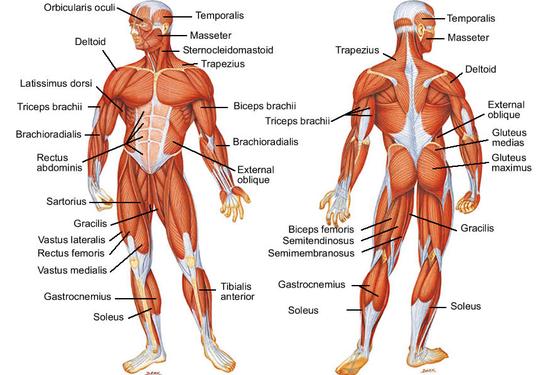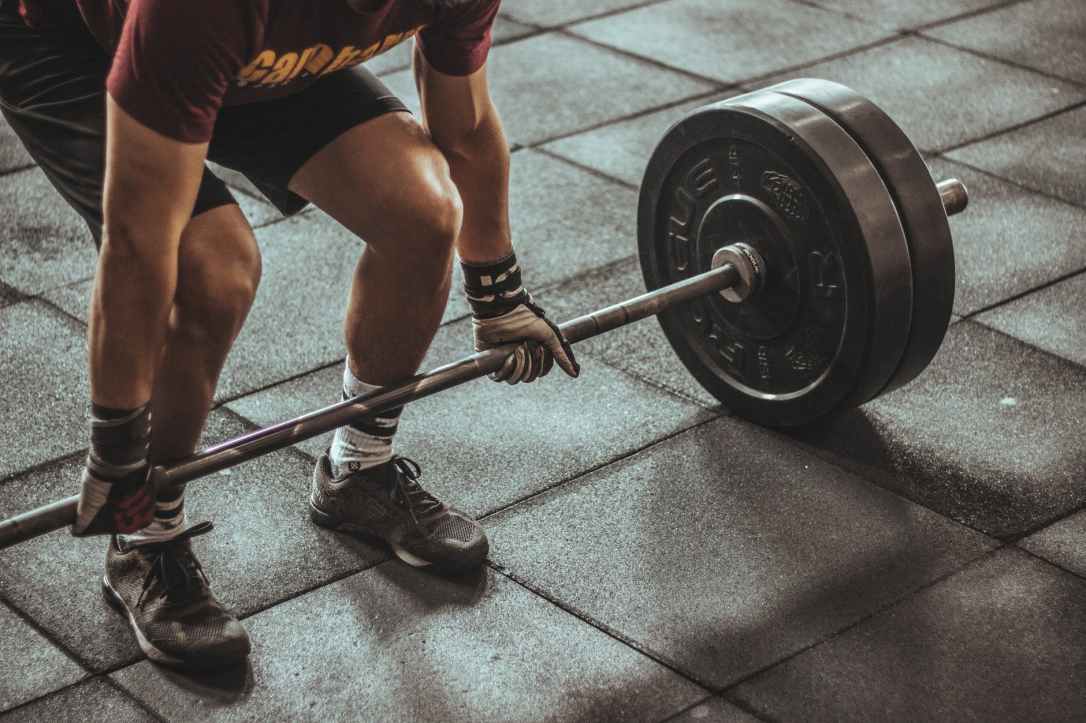
The “Zotman” folding is first shown in one of Alan Calvert’s “Super Strength” weightlifting bibles. The original exercise is a little different from what we know today. It has been quite popular among bodybuilders and weightlifters in the past. It is a complex accentuating movement that should be performed by intermediate and advanced trainees.
Contraindications
Do not perform in case of current or chronic injury in: wrist, elbow, shoulder, shoulder girdle, rotator cuff. If pain occurs during the performance in any of the mentioned areas, stop immediately and consult your technician with a specialist.

Muscles involved in movement
Dynamists
- Biceps long (outer) heads – lead in an inner circle at the start to the body (Biceps Brachii, Long Heads);
- Biceps short (inner) heads – lead in the outer circle, when starting away from the body (Biceps Brachii, Short Heads);
Synergists
- Brachialis
- Brachioradialis – forearm muscles (Brachioradialis)
Extras
- Pectoralis Major
- Rear shoulder heads (Deltoid Posterior)
- Wrist Flexors
- Trapezius Middle
- Rhomboids
Folding variations according to the number of arms folding in series
- with one hand at a time – only left / only right – an option for beginners in the technique, increases the quality of control;
- with two hands in succession – alternating folds through repetition;
- with two hands at the same time – a complex technique for advanced with experience in the implementation of “Zotman” folds.
According to kinesiology and amplitude
- Classic circular “Zotman” folding inwards – circular with a positive phase inwards and upwards – just like a cross hammer folding and a negative phase outwards and downwards;
- Classic circular “Zotman” folding outwards – starts far from the body and descends inwards and downwards;
- Modern “Zotman” folding – approach positive part, ie. lifting – overhang negative and / or vice versa. Typical of the modern version is that the technique has a shortened amplitude, there is virtually no rotation in the shoulder and the rotator cuff. This increases the possible workload for the series and improves control, but reduces the role of stabilizers.
In this exercise, the strict shape and the appropriate weight are extremely important. George Zotman did the folding with 25-pound dumbbells for repetitions in working series with the circular technique.
Two-way classic “Zotman” folding
Preparation
- You take a dumbbell in your hand, stand up straight with your legs slightly apart;
- While standing, the dumbbell should rest on the thigh and the knuckles of the arm should point to the side;
Execution
- Then start folding the dumbbell across the front of the body and up;
- When the weight reaches the chin, turn the wrist and lower the weight away from the body to the thigh;
- The weight and forearm should describe a full circle;
- After completing a series in this way, perform the exercise in reverse, starting to bend the weight away from the body and lower it in front of the body.
Comments and recommendations
- Perform the technique technically strictly without shifting the fulcrum;
- Even the modern version of the “Zotman” folding uses a delayed negative phase of the movement, so remember – this is not a power technique.
- Discontinue in case of pain.
- Play with the amplitude if you feel crunch in the joints when folded.
Fitness and fitness training
“Zotman” folding is a technique that you can include periodically in your focus on the arms to improve the strength balance of the folds and your neuromuscular control.
Strength and strength training
Power imbalances are easily revealed with the classic “Zotman” folding. The modern version works extremely well for the forearms, improving strength and grip control.
Fitness bodybuilding
The modern “Zotman” folding is used for general warm-up of arms in splits at the beginning of the workout, as well as for inflating the forearm muscles at the end. It can improve the symmetry of the forearm.
Crossfit
An improvised version of the modern “Zotman” with push-ups can be included in the complexes for muscle control and balance in the weeks between the benchmark trainings. In general, the technique is rarely used. Frequent use of barbell reversal is a more preferred approach for functional development in the armpits and forearms.
Street fitness
The requirements for dumbbells, or at least push-ups in general, take both Zotman folding techniques out of the repertoire of street fitness enthusiasts. On the lever, the tension can be simulated with a smooth and technical transition from the front balance to the upper point dial in series.



